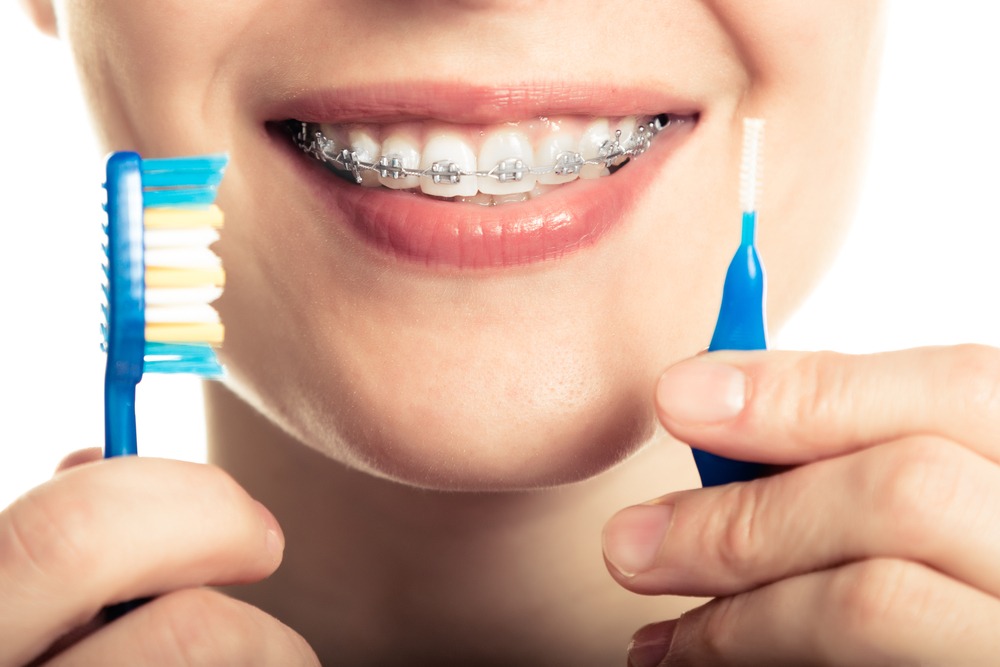Orthodontic treatment has long been associated with enhancing smiles and boosting self-confidence. However, the benefits extend far beyond aesthetics. The alignment of your teeth plays a crucial role in maintaining your overall oral health. Orthodontic treatment, through various advanced methods, can correct bite issues, prevent dental problems, and contribute to the long-term well-being of your mouth. This article delves into how orthodontic treatment can transform not only your smile but also your oral health.
The Evolution of Modern Dentistry
Dentistry has undergone significant changes in recent decades, with orthodontics being at the forefront of these advancements. The evolution of modern dentistry has paved the way for more effective, comfortable, and less invasive treatments. Early orthodontics involved rudimentary tools and uncomfortable metal braces. Today, patients benefit from advanced digital imaging, 3D printing, and clear aligners that make orthodontic treatment faster and more precise.
The introduction of interceptive orthodontics is one of the significant milestones in this evolution. This approach focuses on early intervention, detecting potential issues in children’s teeth before they become severe. By addressing these problems early with interceptive orthodontics can minimize the need for extensive treatment later in life, reducing the complexity of future procedures and enhancing overall oral health outcomes.
How Orthodontic Treatment Works
Orthodontic treatment is a process that involves the gradual movement of teeth into their proper position. Whether using traditional braces, clear aligners like Invisalign, or other appliances, the aim is to correct malocclusion (misaligned teeth) and ensure the proper alignment of the jaws. These corrections not only enhance the appearance of the smile but also improve chewing function and speech, reduce wear and tear on teeth, and decrease the risk of gum disease and cavities.
The Impact on Your Smile
A straight, well-aligned smile is often the most noticeable result of orthodontic treatment. People who undergo this treatment experience a significant boost in self-confidence. For many, the decision to get orthodontic treatment is driven by the desire to improve their smile and, as a result, feel more comfortable in social situations or professional settings.
Beyond the cosmetic appeal, a straight smile is easier to clean. Teeth that are crowded or misaligned can create areas that are difficult to brush or floss, increasing the likelihood of plaque buildup, cavities, and gum disease. With proper alignment, teeth are easier to maintain, ensuring that your smile remains healthy and radiant long after the treatment is complete.
Improved Bite Function
One of the primary reasons people seek orthodontic treatment is to correct issues with their bite, such as overbite, underbite, or crossbite. These bite problems can cause difficulties when chewing food and may even lead to speech impediments. Misaligned teeth also put unnecessary stress on certain teeth, leading to premature wear or damage.
Orthodontic treatment helps redistribute the forces of chewing more evenly across all teeth, which can prevent future dental issues. Proper alignment ensures that the upper and lower teeth meet correctly when biting, reducing discomfort and the risk of injury to teeth or gums.
Long-Term Benefits for Oral Health
While a straight smile is often the most noticeable result of orthodontic treatment, the long-term health benefits are just as significant. Properly aligned teeth are easier to care for, reducing the risk of gum disease and tooth decay. Misaligned teeth can create pockets where plaque accumulates, leading to gum inflammation (gingivitis) or even more serious conditions like periodontitis.
Moreover, orthodontic treatment helps prevent jaw strain and temporomandibular joint (TMJ) disorders. When the teeth are misaligned, the jaw has to compensate, which can cause discomfort and even chronic pain in severe cases. Correcting this misalignment relieves pressure on the jaw joint, reducing the risk of TMJ-related symptoms.
Orthodontic care also plays a role in improving the longevity of your teeth. By reducing wear and tear on specific teeth, it helps preserve them for longer, decreasing the likelihood of needing restorative treatments such as crowns or implants in the future.
The Role of Interceptive Orthodontic
Interceptive orthodontics, sometimes referred to as phase one orthodontics, focuses on early intervention to address dental issues before they become severe. This approach is commonly used in children, where orthodontists can detect problems such as overcrowding, crossbites, or jaw misalignment early on.
By addressing these issues in their early stages, interceptive orthodontics can significantly reduce the need for more extensive treatment later in life. For instance, early treatment can guide the growth of the jaw, ensuring enough space for permanent teeth to emerge properly. This can prevent overcrowding, which might otherwise require the removal of teeth or lengthy treatments in the future.
Interceptive orthodontics leverages the body’s natural growth processes to correct issues with the least amount of intervention. By taking advantage of this period of rapid growth, orthodontists can create a stable foundation for the child’s oral development, significantly reducing the need for corrective treatments during adolescence or adulthood.
The Future of Orthodontics
As modern dentistry continues to evolve, orthodontic treatment is becoming more advanced and accessible. Innovations such as 3D printing, digital scans, and AI-assisted treatment planning are making the process faster, more accurate, and less invasive. Patients can now enjoy shorter treatment times, more comfortable appliances, and better outcomes.
Clear aligners like Invisalign are becoming increasingly popular, offering a nearly invisible option for those who wish to straighten their teeth discreetly. With advancements in aligner technology, even complex orthodontic issues can now be treated using these clear trays, expanding options for patients who might have previously been limited to traditional braces.
Orthodontic treatment is not just about achieving a beautiful smile—it is a critical component of overall oral health. Through the evolution of modern dentistry and approaches like interceptive orthodontics, patients can benefit from earlier, more effective treatments that address both aesthetic and functional concerns. Whether you’re looking to enhance your smile or improve your oral health, orthodontic treatment offers long-lasting benefits that go far beyond cosmetic improvements. By investing in orthodontic care, you’re setting the foundation for a lifetime of healthy teeth and a radiant smile.
Keep an eye for more news & updates on InternalInSider!










